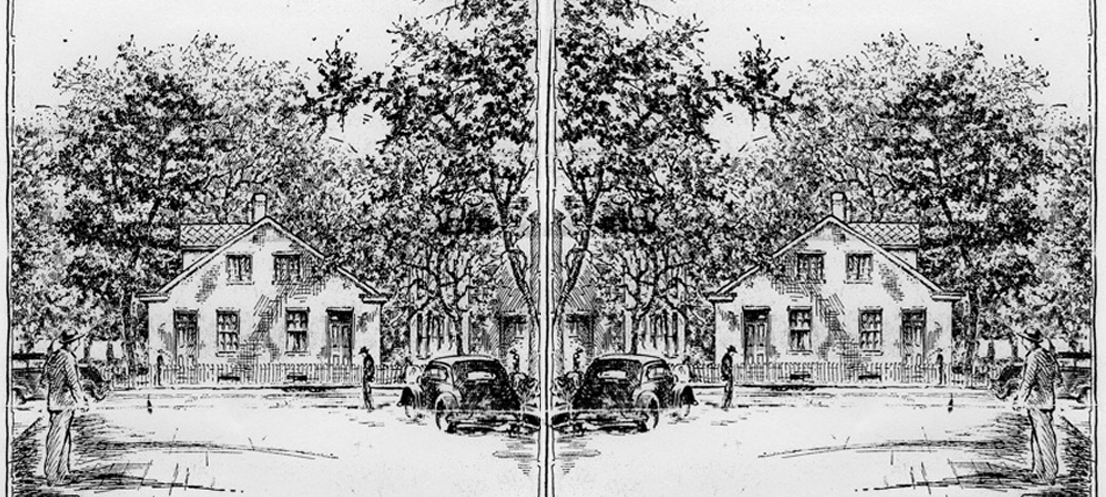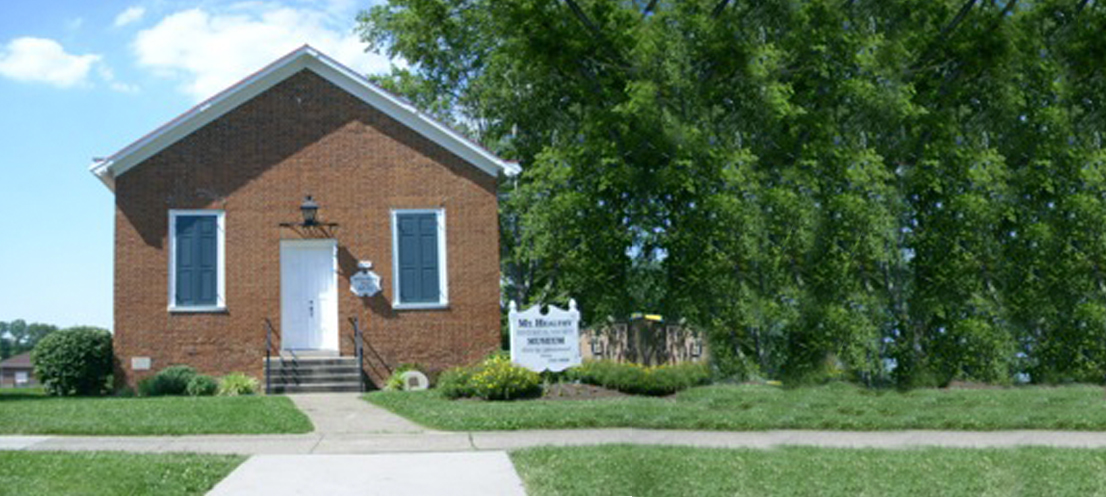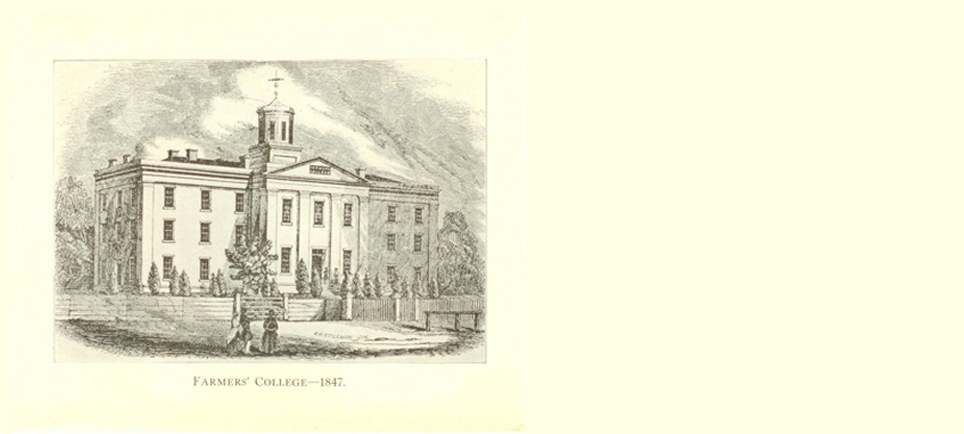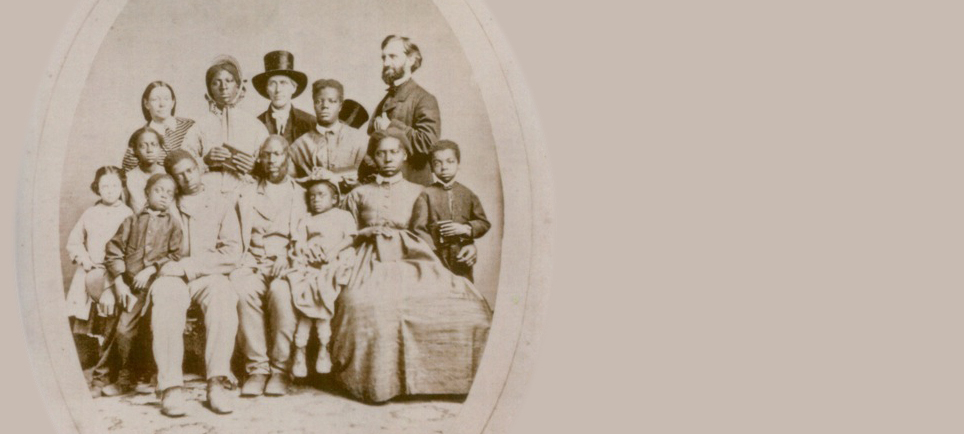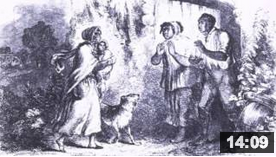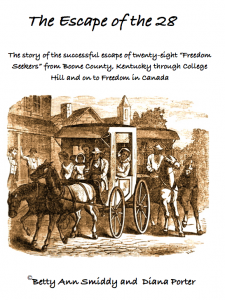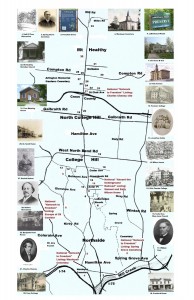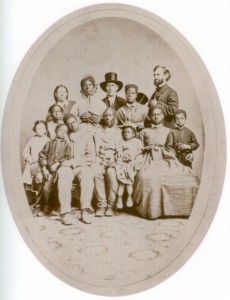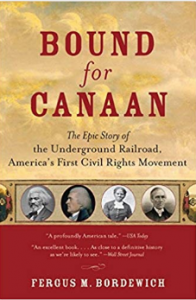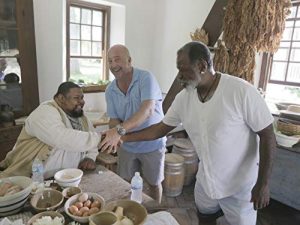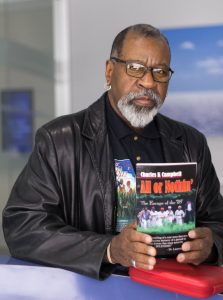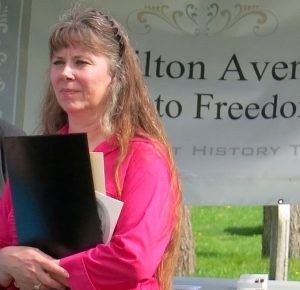Rare photograph sold at recent auction
A rare photograph of Levi Coffin which we feature in our Escape of the 28 booklet was just sold at auction. The story of this photo was published in the Fulton Sun on June 26, 2019. This picture is believed to be taken by prominent nineteenth century African-American photographer, abolitionist and businessman, James Presley Ball here in
+ Read More
